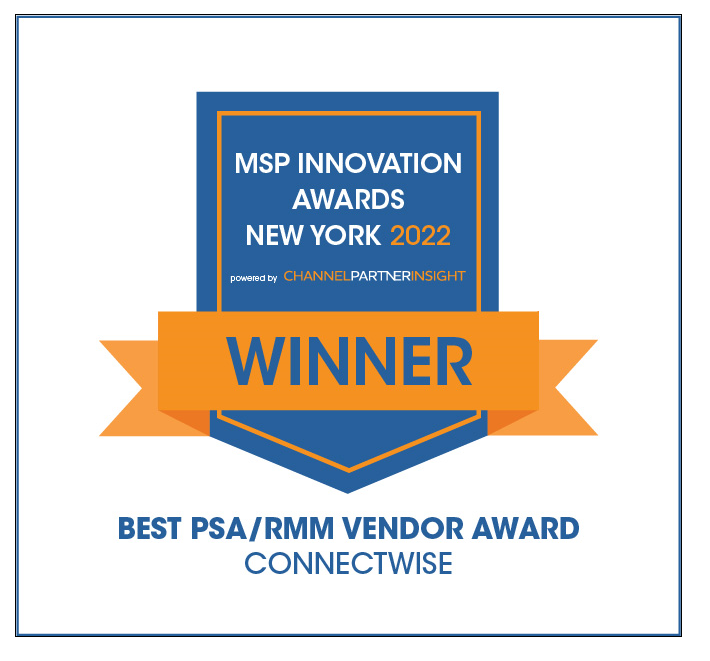5 ways to build a sales pipeline during the new normal
The ability to effectively mine lead pipelines is keeping business afloat during the ‘new normal.’ The landscape has changed drastically in a matter of months, and technology solution providers (TSPs) must adapt to meet sales funnel goals set long before conditions shifted.
What’s a pipeline?
For our purposes, a ‘pipeline’ refers to your lead-generation engine, which is comprised of marketing and sales efforts. As markets contract and budgets shrink, organizations must work their pipeline more diligently to generate sales leads that produce revenue.
Pipeline density formula
Knowing how much sales pipeline you need is key to hitting revenue goals. The formula you were using a few months ago has likely changed, and identifying your new close rate is an essential next step for many TSPs.
For example, if your new close rate is 30%, you’ll need about three times your target revenue in your pipeline to achieve that goal. Put simply, to make $100,000 in new revenue, you’ll need a minimum of $300,000 in your pipeline. These figures will vary depending on the markets you serve, but this provides a good launching off point to help your sales and marketing teams refine their efforts for a shifting landscape.
Focus on strengths
In lean times, it’s best to focus on your existing customer base, grow what you know, and expand the reach of those offerings into high-growth markets. To start this process, ask questions like:
- Where are we seeing the highest win ratio?
- Which services are we receiving the most organic inquiries for?
- Which services have the resources in place to support an increase in volume?
- Which verticals are predicted to grow the most over the next 6-12 months?
- Does it make sense to add training services?
- Can you offer creative financing options?
Now that we understand what a sales pipeline is and how much you need it in, let’s look at five ways to grow your sales pipeline.
5 critical steps to growing your pipeline
1. Nurture raving fans within your customer base
Having a high net promoter score (NPS) is now more important than it’s ever been before. That’s because happy customers often refer other potential clients. Working to give existing clients a good customer experience is a great way to secure their vote of confidence in the way of testimonials and referrals down the road. Here are a few ways to turn clients into raving fans:
- Offer to train their staff on new features.
- Reveal untapped functionality in your offering they purchased but aren’t using.
- Curate media articles that speak to your customer’s needs and offer insights that you see based on your experience in the industry.
- Consider restructuring net new agreements to exchange lower upfront costs for longer commitments.
- Leverage your peer group to cross-pollinate ideas.
2. Identify your prospect database
Strategic markets are the markets in which you’ve experienced long-term, sustained growth. Whereas, opportunistic markets are those that experience unexpected growth due to changes in market conditions. Right now, your opportunistic markets might be healthcare, biopharma, and food services. Your service play to them will likely include cybersecurity and remote work solutions.
3. Create messaging that conquers ‘do nothing’ apathy
Threat actors are capitalizing on the fact that so many individuals are working from home. Tensions are running high, and organizations need a calming presence to help them navigate this storm. Here are a few ways to craft sales and marketing messaging that conquers apathy:
- Address the ‘do nothing’ approach – In times of economic stress, many organizations freeze—budgets, hiring, the addition of new vendors, etc. You’ll need to demonstrate how your services could save their business money in the long run. Whether your solutions can improve productivity, reduce churn, or prevent costly data breaches, have a clear formula and hard numbers to prove the value of your services.
- Find the problem – Start by developing an idea of where your prospects could be wasting money or assuming a huge financial risk—paying a premium for after-business-hours IT support, paying excessive cloud hosting fees, using a non-standard technology stack, experiencing security breaches related to remote workers, etc.
- Take a softer tone – With such a plethora of things to worry about right now, the last thing anyone needs is more fear. Taking on the role of a teacher, advocate, and partner can put your prospective client’s mind at ease so that they’re mentally ready to accept the information you’re trying to impart.
- Be direct – When there’s so much mainstream confusion already, aim to deliver clear and concise information. A conversational approach can be friendly, but helpful guidance is a better approach in times of confusion. Try to follow this formula: constructive tension, share insight, and propose your solution or service.
4. Develop an integrated sales and marketing campaign
Just 2% of customers buy at the first sales appointment. Using as many viable channels—website, email, social media, etc.—as possible will increase your odds of getting your message across. Here’s how your integrated sales and marketing campaign might play out:
Web – Put your value messaging here. The goal of this content should be to educate and then encourage readers to download an asset. Typically, this asset will be gated—or behind a form—to enable you to capture contact information.
Email – The purpose of email communications is to spark interest and introduce constructive tension. For example, you might say something like: “You could be saving money right now on end-user IT support.” The goal is to get the reader to click through to your website to learn more.
BDR outreach – After there’s been engagement, leads generated through the aforementioned channels should be handed off to your business development team to call and email through. The goal here is to set appointments.
A multi-channel sales and marketing approach like the one above empowers your team to not only warm prospects up to the idea of hiring your company before your sales team makes contact, but it also provides avenues through which to nurture leads after the sales conversations.
5. Use customer testimonials to win over prospects
Once customer satisfaction is high, consider asking some of your best customers to participate in testimonial videos or written case studies that can then be used to convince prospective customers that you’re the right TSP for them.
Watch waterfall metrics
Now that you know how to adjust your sales pipeline growth strategy, let’s move our attention to measuring results. In any sales funnel, you’ll start with a significantly higher number of leads than deals that close. We call these waterfall metrics, and as you’ll see in the image below, a high number of qualified leads are generated by marketing, then sales creates opportunities based on interest from leads and works those opportunities until they’re no longer viable or turn into deals.
Keeping an eye on these metrics can help your organization identify which tactics are working. Many organizations find that some activities yield a lot of leads that never turn into opportunities or deals. Avoid falling into this trap by following leads all the way through your sales and marketing funnel. Maintain a healthy pipeline by adjusting or discontinuing activities that aren’t benefitting your business.


